
How to Choose the Best Hand Shower for an Eco Friendly Bathroom Experience
Creating an eco-friendly bathroom experience has become a priority for many homeowners, especially given that the average showerhead can use up to 2.5 gallons of water per minute, contributing significantly to household water consumption. Opting for the right hand shower not only enhances comfort but also plays a crucial role in water conservation. According to a 2022 report from the Environmental Protection Agency, the installation of water-efficient showerheads has the potential to save up to 1,100 gallons of water annually for a family of four. Therefore, selecting the best hand shower becomes essential for those aiming to reduce their environmental footprint while still enjoying a luxurious and satisfying shower experience. By understanding the different features, flow rates, and technologies available in hand showers, homeowners can make informed choices that align with both their comfort needs and sustainability goals.
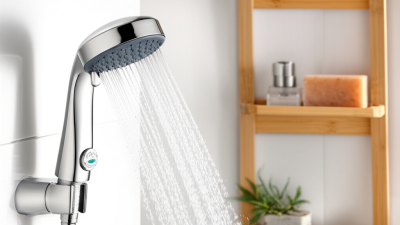
Understanding Water Efficiency Ratings for Hand Showers
When selecting a hand shower for an eco-friendly bathroom, understanding water efficiency ratings is crucial. These ratings help consumers determine how much water a showerhead uses while maintaining performance. The most common metric used is the gallons per minute (GPM) rate, which measures water flow. For eco-friendly choices, look for hand showers with a GPM of 2.0 or lower, as these models conserve water without sacrificing pressure, allowing you to enjoy a satisfying shower while minimizing water waste.
In addition to GPM, it's important to consider other factors that contribute to water efficiency. Many modern hand showers feature technologies such as aeration and pressure compensation, which enhance the shower experience while reducing overall water consumption. Checking for certifications like the WaterSense label can also guide buyers towards products that meet high standards of efficiency. By prioritizing these ratings and features, you can choose a hand shower that not only reduces your environmental footprint but also elevates your daily routine.
| Model | Flow Rate (GPM) | Water Efficiency Rating | Material | Price (USD) |
|---|---|---|---|---|
| EcoFlow Hand Shower | 1.5 | WaterSense Certified | ABS Plastic | 45 |
| Sustainable Spray Hand Shower | 1.8 | WaterSense Certified | Stainless Steel | 60 |
| EcoSmart Hand Shower | 1.75 | WaterSense Certified | Recycled Brass | 55 |
| GreenChoice Hand Shower | 2.0 | Low-Flow Rating | Brass | 50 |
| AquaSaver Hand Shower | 1.2 | WaterSense Certified | ABS Plastic | 35 |
Key Features to Look for in Eco-Friendly Hand Showers
When choosing an eco-friendly hand shower, several key features can significantly enhance both sustainability and user experience. One fundamental aspect to consider is the flow rate. According to the Environmental Protection Agency (EPA), a low-flow showerhead can save up to 2.5 gallons of water per minute compared to traditional models, which equates to about 40% water savings. Look for hand showers with a maximum flow rate of 2.0 gallons per minute for optimal efficiency.
Additionally, consider hand showers with a variety of spray settings. Models equipped with different settings allow users to customize their shower experience while maintaining water efficiency. Some advanced hand showers even incorporate technology to mix air with water, creating a fuller spray while using less water. According to a report by the Plumbing Manufacturers International (PMI), these innovative designs can reduce water consumption by an additional 20% without sacrificing performance.
**Tip:** When installing an eco-friendly hand shower, also ensure that your plumbing fixtures are matched to low-flow settings to maximize water conservation efforts throughout your bathroom. Upgrading to Energy Star-rated products can further enhance your commitment to sustainability.
Materials and Design Considerations for Sustainability
When selecting a hand shower for an eco-friendly bathroom experience, materials and design play a crucial role in ensuring sustainability. Opting for hand showers made from recycled or environmentally friendly materials such as stainless steel, brass, or high-quality recycled plastics can significantly reduce your carbon footprint. These materials not only last longer than conventional options but also minimize environmental waste over time. Additionally, look for products that are certified for low water usage yet maintain high performance; this indicates a thoughtful design focused on conserving resources.
Another essential aspect to consider is the design efficiency of the hand shower. Features like aerating technology can provide a satisfying spray while using less water, contributing to your overall water conservation efforts. Furthermore, a timeless and minimalist design can ensure that your shower remains stylish and functional for years, reducing the need for frequent replacements. Checking for reputable certifications, such as WaterSense, can also be an excellent indicator of the product's environmental credibility, allowing you to make an informed choice that aligns with your sustainable bathroom goals.
Comparing Different Types of Hand Showers for Eco-Conscious Choices
When selecting a hand shower for an eco-friendly bathroom experience, it's crucial to compare various types based on water efficiency and functionality. According to the Environmental Protection Agency (EPA), traditional showerheads can flow at a rate of 2.5 gallons per minute (GPM), which can lead to excessive water usage. In contrast, WaterSense-labeled showerheads optimize water flow while maintaining performance, using only 2.0 GPM or less. This reduction can save a household more than 2,300 gallons of water annually without sacrificing the shower experience.
Additionally, some hand showers offer multiple spray options, enhancing user experience while promoting conservation. Reports from industry analysis indicate that models featuring a low-flow aerator can reduce water flow to as low as 1.5 GPM, which can cut down water consumption by up to 40%. By selecting a hand shower that combines low water usage with adjustable spray patterns, users not only contribute to environmental conservation but also enjoy a customized and refreshing bathing experience. Ensuring your choice includes features aimed at eco-consciousness will make a significant difference over time, both for the planet and your water bill.
Installation and Maintenance Tips for Eco-Friendly Hand Showers
When selecting an eco-friendly hand shower, proper installation is crucial to ensure optimal performance and water efficiency. Begin by checking the water pressure in your home, as many eco-friendly hand showers are designed to work best within specific pressure ranges. If your pressure is too low, you may not experience the desired spray quality, while excessively high pressure can lead to wastage. Make sure to also inspect existing plumbing to identify any leaks or vulnerabilities that could affect your new installation.
Maintenance is equally important for an eco-friendly hand shower to function effectively over time. Regularly clean the showerhead to prevent mineral buildup that can reduce flow efficiency. A simple vinegar and water solution can dissolve deposits while being gentle on the fixtures. Furthermore, periodically check for leaks and ensure the seals are intact; replacing washers and gaskets can prevent unnecessary water waste. By maintaining your hand shower, you contribute to its longevity and help preserve precious resources, creating a more sustainable bathroom experience.
Related Posts
-
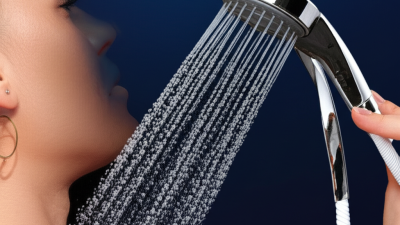
7 Innovations in Best Handheld Shower for Ultimate Shower Experience
-
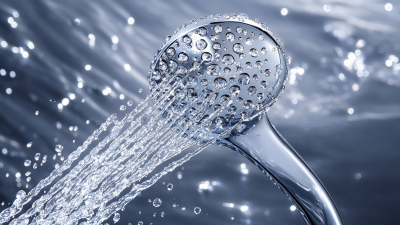
Service Benefits and Maintenance Costs of S S Shower Heads for Global Buyers
-
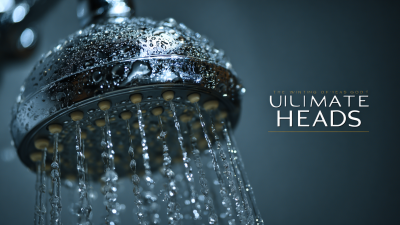
Ultimate Guide to Choosing the Best Rainfall Shower Heads for Your Bathroom
-

Issues That Arise with Rainfall Shower Heads for Global Buyers
-
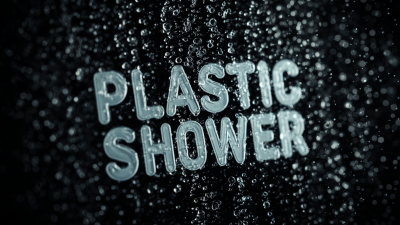
Innovative Uses of Best Plastic Shower Solutions in Hospitality and How to Choose the Right One
-

Innovative Solutions for Enhancing Your Shower Experience with Top Head Showers



